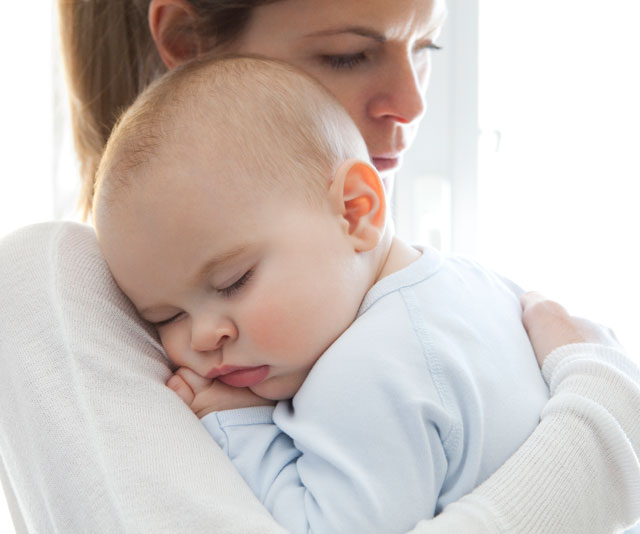Baby-proof your home, car seat safety and first words
Baby-proof your home
Never underestimate your toddler’s ability to get into anything and everything. Cupboards, bathroom drawers and coffee tables are key areas for exploring. While her natural inquisitiveness and lack of physical coordination means you’ll never entirely prevent her from having accidents, you can limit the risk and scale of them.
With gross motor skills kicking in, your toddler will be combining pushing, grabbing and climbing to get a little more height, even pulling on potentially dangerous cords.
Follow these safety tips:
• Never leave your baby or any young child in your home or car without appropriate supervision.
• Write up a list of emergency numbers to keep beside the phone.
• When not in use, turn off all power points and cover them with childproof protectors.
• Never leave windows open
• Don’t leave heavy objects and sharp knives on the edge of tables or benchtops
• Before you reverse your car, always check carefully that there are no children around or behind the vehicle.
• Ensure the washing machine and dryer doors are kept shut.
• Avoid using tablecloths.
• Fit safety gates to both the top and bottom of a staircase.
• Make sure any toys children play with don’t pose a choking or poisoning hazard.
• Keep all cleaning fluids and chemicals out of reach and in a locked cupboard.
• Take a first aid course and keep a full stocked first aid kit in the house and car.
• When using the cooktop, use the elements furthest from the edge. Always turn pot and pan handles away from your baby’s reach.

Fit safety gates to both the top and bottom of a staircase. (Image: Getty Images)
Car seat safety
By law, all children must be safely fastened in the correct child car seat for their age and weight. If your child is too small for the child restraint specified for their age, they should be kept in their current child restraint until it is safe for them to move to the next level.
Likewise, if your child is too large for the restraint specified for their age, they may move to the next level of child restraint. Children aged between six months and four years must use a rearward-facing or forward-facing child restraint with an inbuilt harness.
Safety experts and child car seat manufacturer, Britax recommend keeping your children in a rearward facing restraint for as long as possible – “rear for a year at least!” – depending on when they have exceeded the upper height markers on their current child car seat.
Remember to always strap your toddler securely into their car seat. They may learn how to undo their restraint. If so, pull over, make sure they are buckled in and then proceed on. Distract them with some toys or have snacks on hand to offer them.
Encouraging first words
Rhymes, jingles, and silly songs are big hits with toddlers. If your 14-month-old is already speaking several words, encourage her willingness to repeat after you by singing silly or repetitive songs, such as “Twinkle, Twinkle Little Star.”
Like other development skills, there’s a huge spectrum when it comes to who starts chatting when, and how quickly their language develops. Between the ages of one and two, the important thing is to regularly play with her at her level, and do lots of activities together.
This will bring opportunities to chat, and use lots of new and different vocabulary, using very simple, short sentences, like ‘Teddy fell down’.

